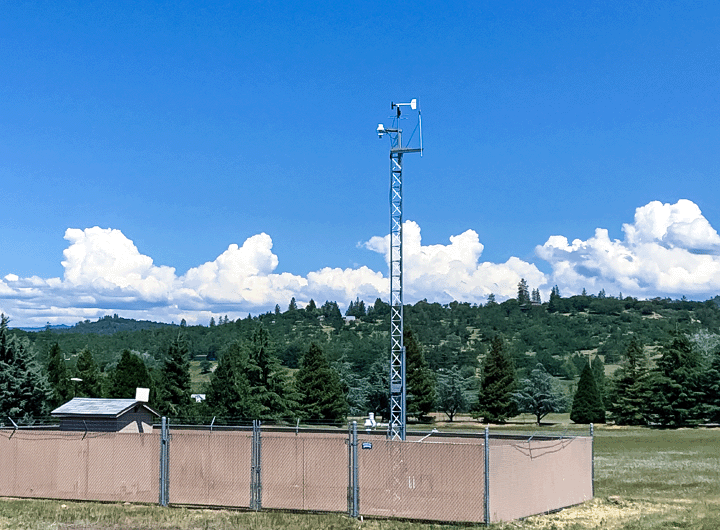Thought Leadership
New Compliance Considerations for Ammonia Refrigeration Facilities

Occasionally, I look around and realize that things have changed. It’s usually a small thing here and little thing there, and then I realize that the world has evolved into a different place. Recently, I realized that the world of ammonia refrigeration has evolved, so it seems like a good time to share another update.
What’s Old?
People who own or operate ammonia refrigeration system have been required to comply with safety and health standards for many years. Occupational Safety and Health Administration (OSHA) Process Safety Management (PSM) and United States Environmental Protection Agency (USEPA) Risk Management Plan (RMP) rules applies to systems with at least 10,000 pounds of anhydrous ammonia, and the General Duty Clause apply to smaller processes. However, having more or less than 10,000 pounds of anhydrous ammonia doesn’t change the obligation to maintain a safe system and comply with applicable codes and standards.
What’s Sort of New?
For the last three years or so, the USEPA has focused on ammonia facilities as part of the National Compliance Initiative (NCI) to reduce accidental chemical releases. They even published some key safety measures they expect to be in place at any ammonia refrigeration facility. Everyone who owns or operates an ammonia refrigeration system should be familiar with these expectations, as well as the guidance in the Accident Prevention and Response Manual for Anhydrous Ammonia Refrigeration System Operators, published by USEPA Region 7 and updated in 2015.
What’s Newer?
The NCI will continue for fiscal years 2020 through 2023. The Global Cold Chain Alliance and the International Institute of Ammonia Refrigeration (IIAR) have been actively engaged with USEPA regarding the NCI. Lowell Randel, the Vice President of Government and Legal Affairs at the Global Cold Chain Alliance did us the favor of writing this nice summary. What’s particularly interesting to me is the General Duty Clause Pilot Program in New England, which is a USEPA compliance initiative focused on smaller ammonia refrigeration facilities. I don’t know if this program will be carried to other parts of the country or if OSHA will adopt a similar program, but I’m very interested in learning what the future holds for smaller refrigeration systems.
What Else is New?
In May of 2019, the IIAR published ANSI/IIAR 6-2019 Inspection, Testing, and Maintenance of Closed-Circuit Ammonia Refrigeration Systems. Why is this important? Because PSM/RMP and the General Duty Clause require ammonia refrigeration facilities to comply with applicable codes and standards, which previously included several IIAR Bulletins like 109 and 110. However, Bulletins 109 and 110 are among those replaced by ANSI/IIAR 6-2019. Per IIAR 6-2019, Section 4.1.3., facilities must comply with the new standard “when it is adopted by the authority having jurisdiction or when it is adopted by the owner, whichever is first.”
Ok, ok… that might have sounded like a bunch of gobbledygook to someone who doesn’t live in the technocratic world of compliance. Let me rephrase. Until May of 2019, the person who set up the preventative maintenance schedules for an ammonia refrigeration system should have consulted IIAR Bulletin 110 to answer questions like, “How often should we inspect our refrigeration piping?” Now, there are new recommendations. The authority having jurisdiction or your employer will inevitably adopt IIAR 6 sometime soon, and that will make these recommendations requirements. Anyone who has gone through the pain and agony of setting up a computerized maintenance management system realizes that it’s a time-consuming process to ensure all your maintenance schedules are correct. Re-evaluating your maintenance schedules probably won’t happen overnight, so get a head start now and get a copy of IIAR 6 to make it a manageable process. (See what I did there? “Manageable process?” Like process safety management?)
Punchline
People who own or operate ammonia refrigeration processes should stay informed. The USEPA is focusing on smaller refrigeration systems (at least in New England), and IIAR has released new guidance for maintaining refrigeration systems. These changes are not arbitrary—they are the result of smart, thoughtful people trying to reduce the risk of accidents. Go ahead and throw your rotten vegetables at me now, but I really believe this is true. A wise owner and/or operator would become familiar with these changes and manage the facility accordingly.



